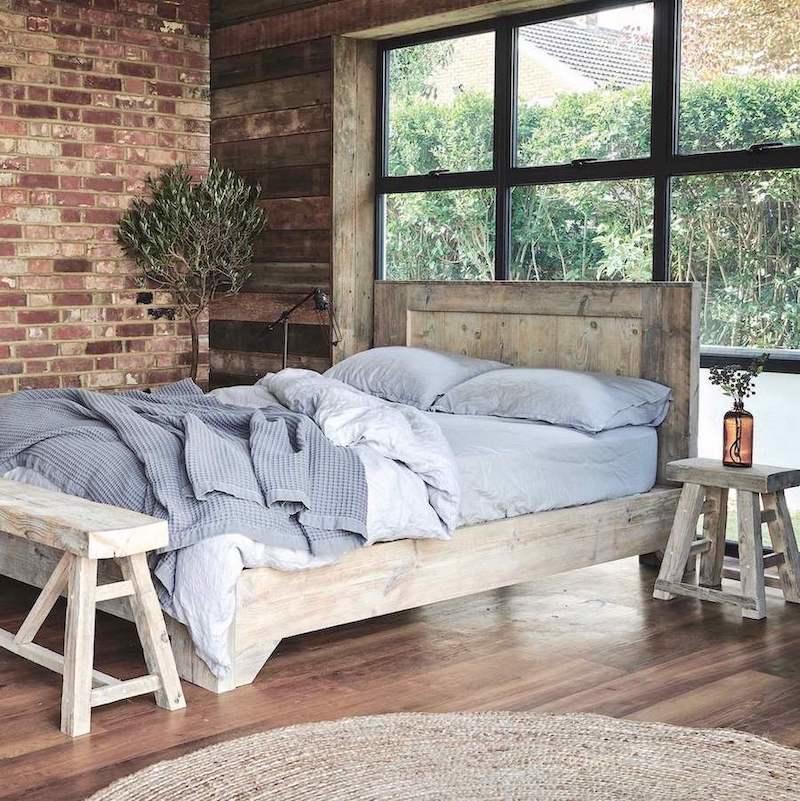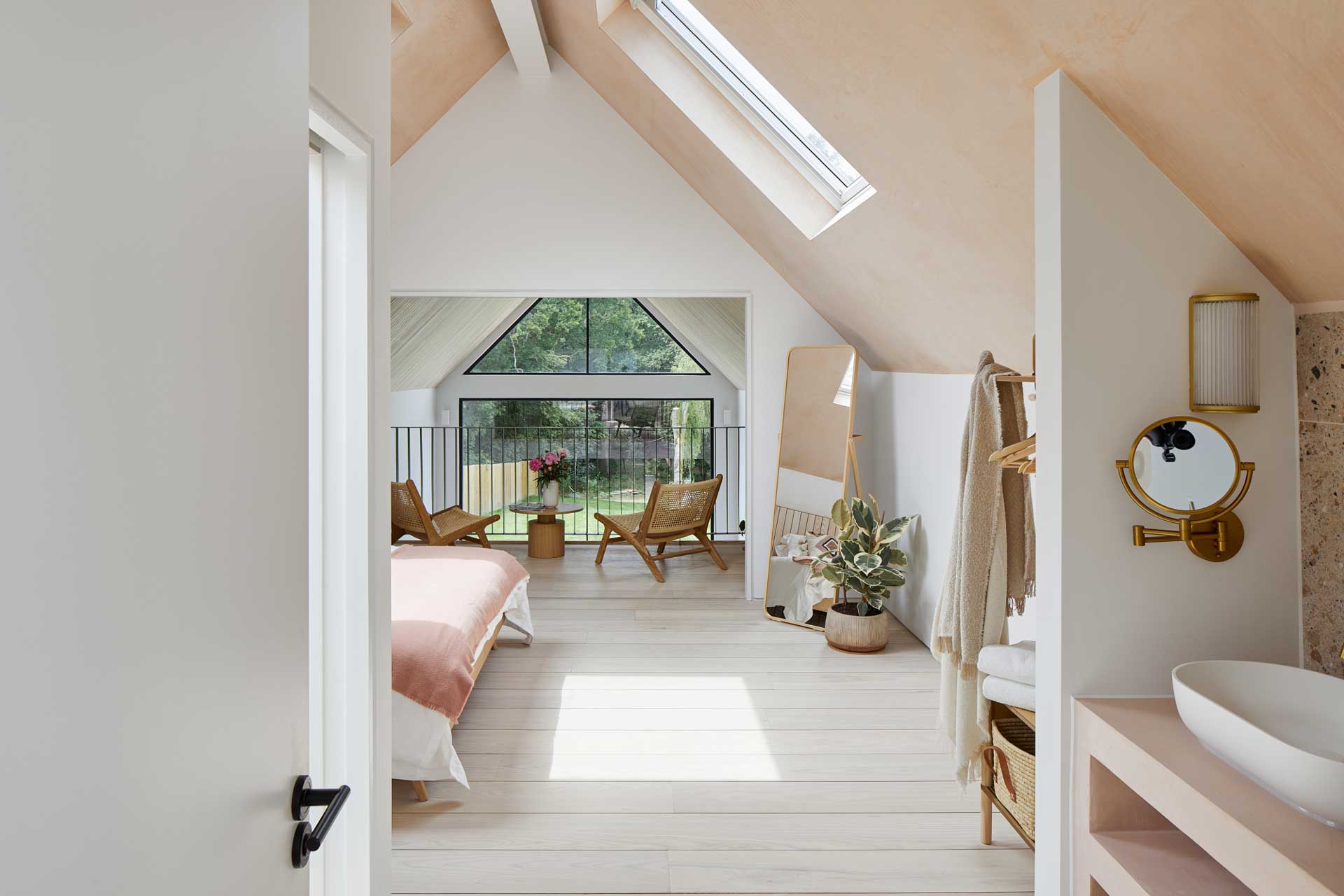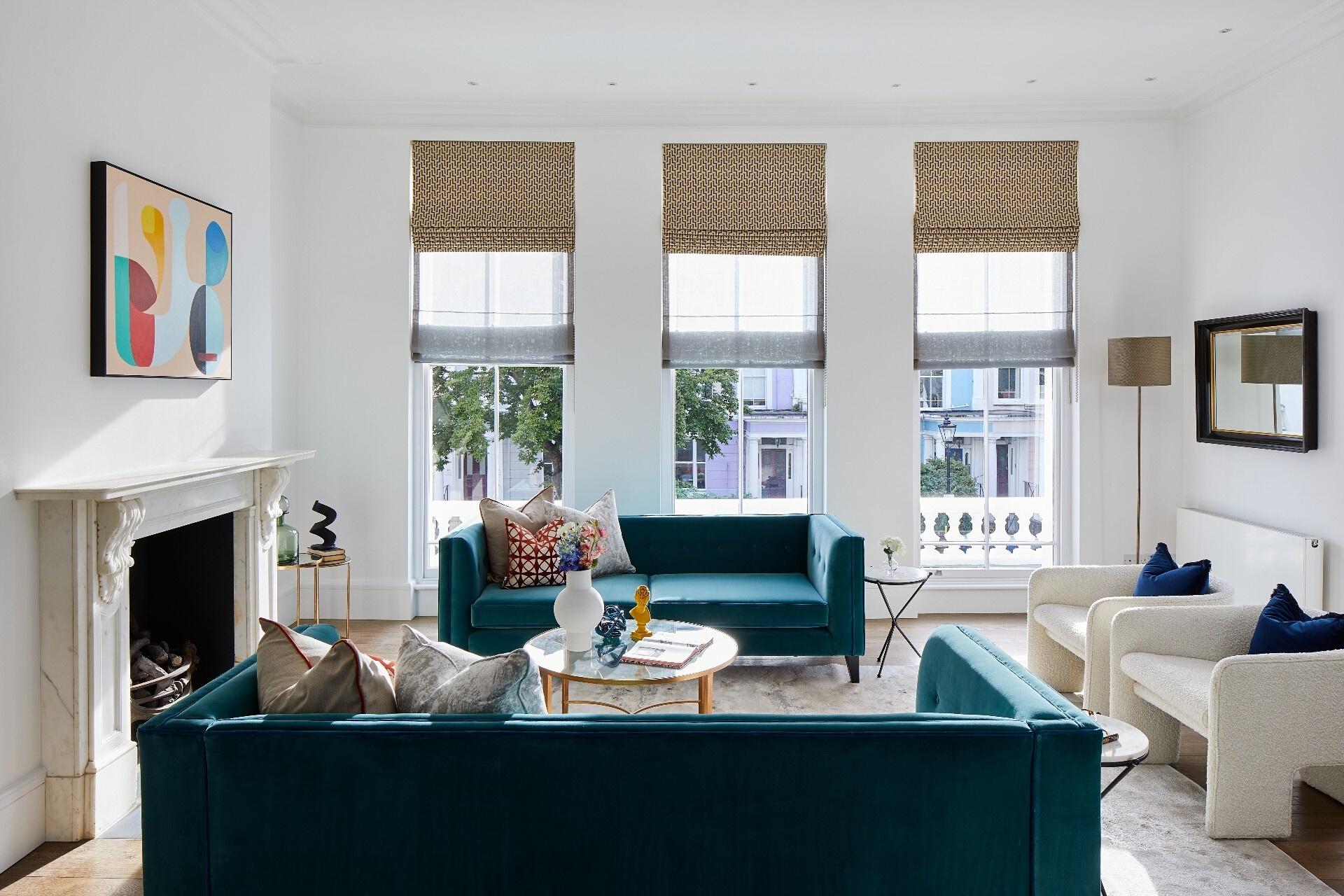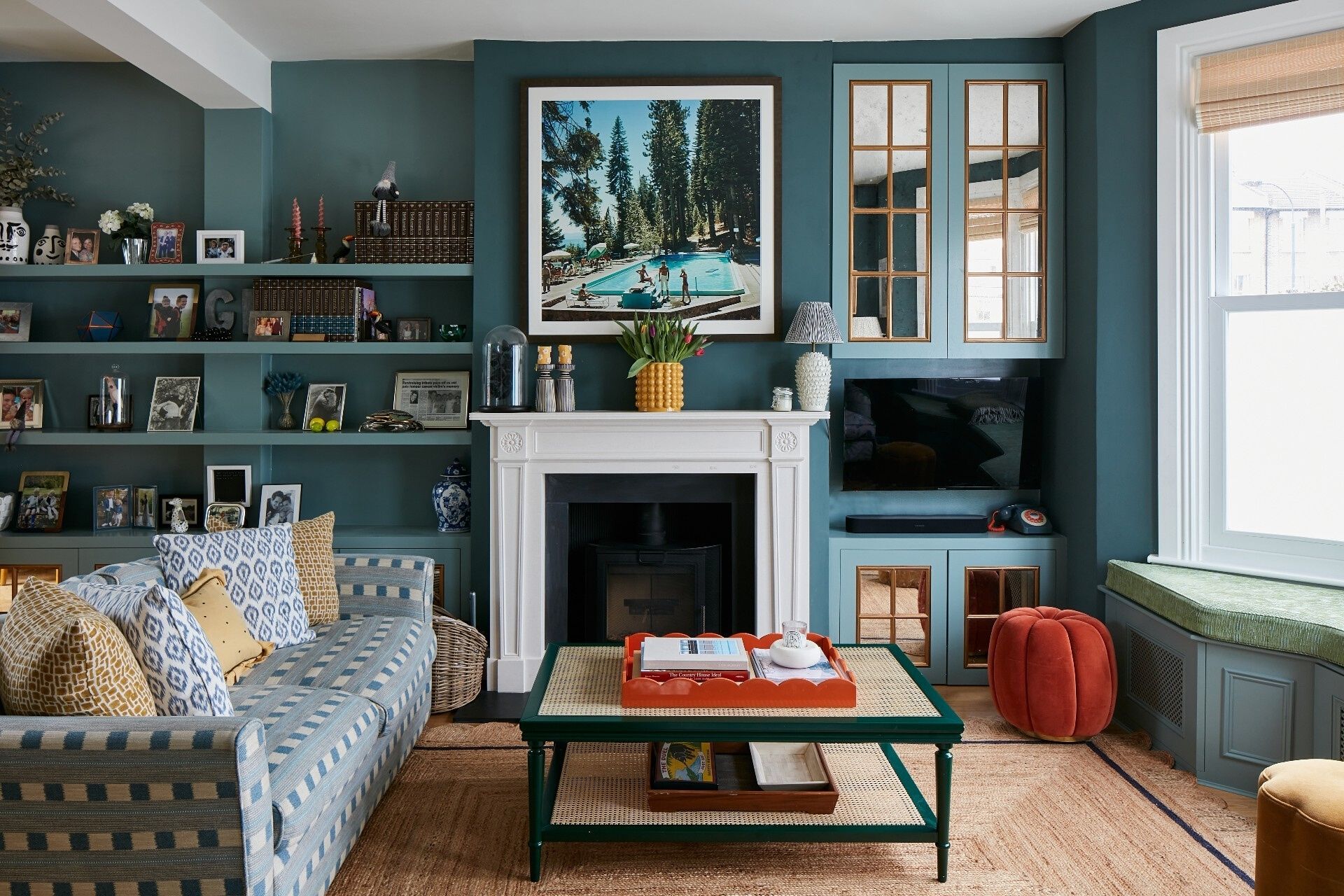If there’s one thing we can universally agree on, it’s the calming, wellbeing benefits being out in nature has brought us over this challenging past year. But with lockdown continuing to ease, and more options opening up for how we spend our time, it's important we don't turn our backs on...
[Image] The living room of Hartley Road, with its glorious exposed brick fireplace - one of our recently sold properties
If there’s one thing we can universally agree on, it’s the calming, wellbeing benefits being out in nature has brought us over this challenging past year. But with lockdown continuing to ease, and more options opening up for how we spend our time, it’s important we don’t turn our backs on this new-found appreciation of immersing ourselves in – and caring for – the natural world.
Although the ‘eco friendly home’ label is usually only considered relevant to specifically designed eco newbuilds, it can be somewhat dismissive to exclude period properties from the eco conversation: they can indeed play an important role in this, both in terms of their very bones and the way we decorate them. This month, our eco-loving writer Joanna Thornhill shares a few ideas to turn your own home into a more sustainable space:

[Image] Barfield Road - a recent sale - showcases the charm that restored original floorboards can bring to a home
1. Restore and revive
Many period homes come blessed with gorgeous original features, either left out on show or lurking underneath carpets and behind plasterboard. By restoring what’s already in our home, rather than replacing or recladding it, we can both minimise the use of new materials such as (often unsustainable) laminate flooring, and also enjoy the vintage charm these original fixtures and patinas can bring.
Refurbished floorboards can be treated to work both practically and aesthetically in any room in the home (including kitchens and bathrooms, as long as they are treated appropriately with a water-resistant paint or varnish, and sealed thoroughly to prevent leaks). Like a pared-back Scandi style? Stain yours with some limewax. Prefer a more authentic look? Go for a dark lacquer, instead. And of course, painting allows you to blend in or contrast with the rest of your scheme: a matt or satin finish can look sympathetic in an older home, though gloss can bring in an element of drama and also be more hardwearing, making it a sensible choice for kid’s rooms and hallways.
Outside of flooring, opting to expose original brick walls as a design feature will mitigate the need for additional plasterboard, as well as providing a characterful background: next time you renovate, consider incorporating an exposed section into your scheme. Windows, too, can play a part: although arguably a uPVC double glazed is likely to be more energy efficient than a draughty old Victorian sash, if you still have original glazing in your period home, talk to an expert to see if yours could be restored and even secondary glazed before plumping for the plastic replacement.

[Image] Our recently sold Oakdale Road property masterfully mixes cool Mid Century finds with both modern and antique elements
2. Play with pieces from the past
Purists might be against the very notion of painting or ‘upcycling’ vintage furniture, but if handled with respect (and you’re certain you’re not inadvertently devaluing a priceless antique) then personalising second-hand finds can be a great way to ensure they work in your home. It also enables you to cut down on brand-new purchases which, especially in the case of lower priced commercial goods, can have dubious sustainability standards.
Painting so-called ‘brown’ furniture has proven extremely popular over the last decade: often, such pieces are solid and robust, yet can be picked up for far less that flimsy flatpack. Seek out paints which work alongside the natural wood, such as chalk-based brands (try Annie Sloan or Frenchic), or even milk paint, for an eco-friendly, sympathetic finish. Part-painting natural woods – leaving certain elements in their original finish, such as table legs or the spines on a chair back, can give a nod to its origins and look striking, too. Alternatively, try a ‘make-under’: often, it’s the dark, glossy lacquer which can make brown furniture look undesirable, especially when its condition deteriorates. By carefully stripping this back, then waxing and finishing with a more sympathetic product, you can create a strikingly impactful transformation.

[Picture] Buy earth-smart when buying new, such as this reclaimed wood Verbier bedframe from Wearth
3. Shop savvy
There are, of course, plenty of new products to be found which tread lightly on our planet’s resources, and seeking out such pieces – especially when purchased from independent brands and individual designers – can help bring modernity to a vintage-leaning period home.
Sites like Wearth and Buy Me Once can be a great place to start, with a selection of products from a variety of manufacturers and makers, all with a range of eco credentials. Alongside smaller accessories, there are more substantial homeware options, such as the Verbier reclaimed bed (pictured), or Twisted Loom’s footstools handcrafted entirely from British materials. Elsewhere, designers across the capital are coming up with innovative products derived from waste, such as Dust London, who turn used teabags - collected from offices throughout the city – into delicate (and durable) plant pots and vases, through binding them with materials such as resin and jesmonite.
If in doubt, simply opting for items which are clearly made from natural materials, such as bamboo, rattan, solid wood, 100% wool and other natural fabrics is a great place to start. And the great thing about natural materials is they are often neutral enough to work in any colour scheme, too. Do let us know if you try out any eco shopping hacks or ideas – we’d love to see!
Three local vintage sellers we love:
- Blackduke Vintage, just south of Walthamstow Village at 83 Grove Road, is a veritable treasure trove of desirable mid century furniture finds
- Homeplace Online – although purely web-based, the stunning vintage and new wares from this gorgeous interiors e-store can be collected privately from their E17 base, by prior arrangement, should anything take your eye
- Push//Pull, in Narrow Yard on 20 Wilmot Road in Leyton, offers a vintage edit of 20th Century design, along woth an original range of contemporary furniture, open by appointment





Share this with
Email
Facebook
Messenger
Twitter
Pinterest
LinkedIn
Copy this link